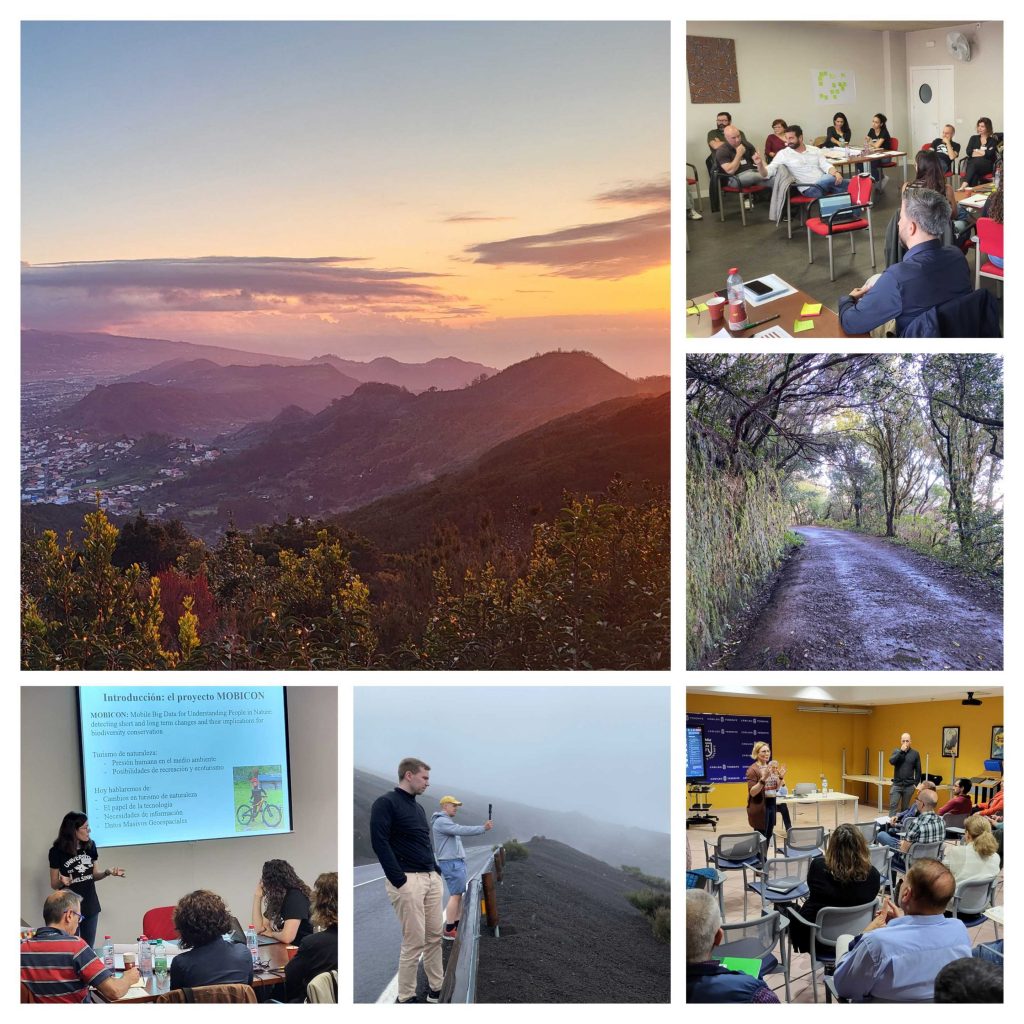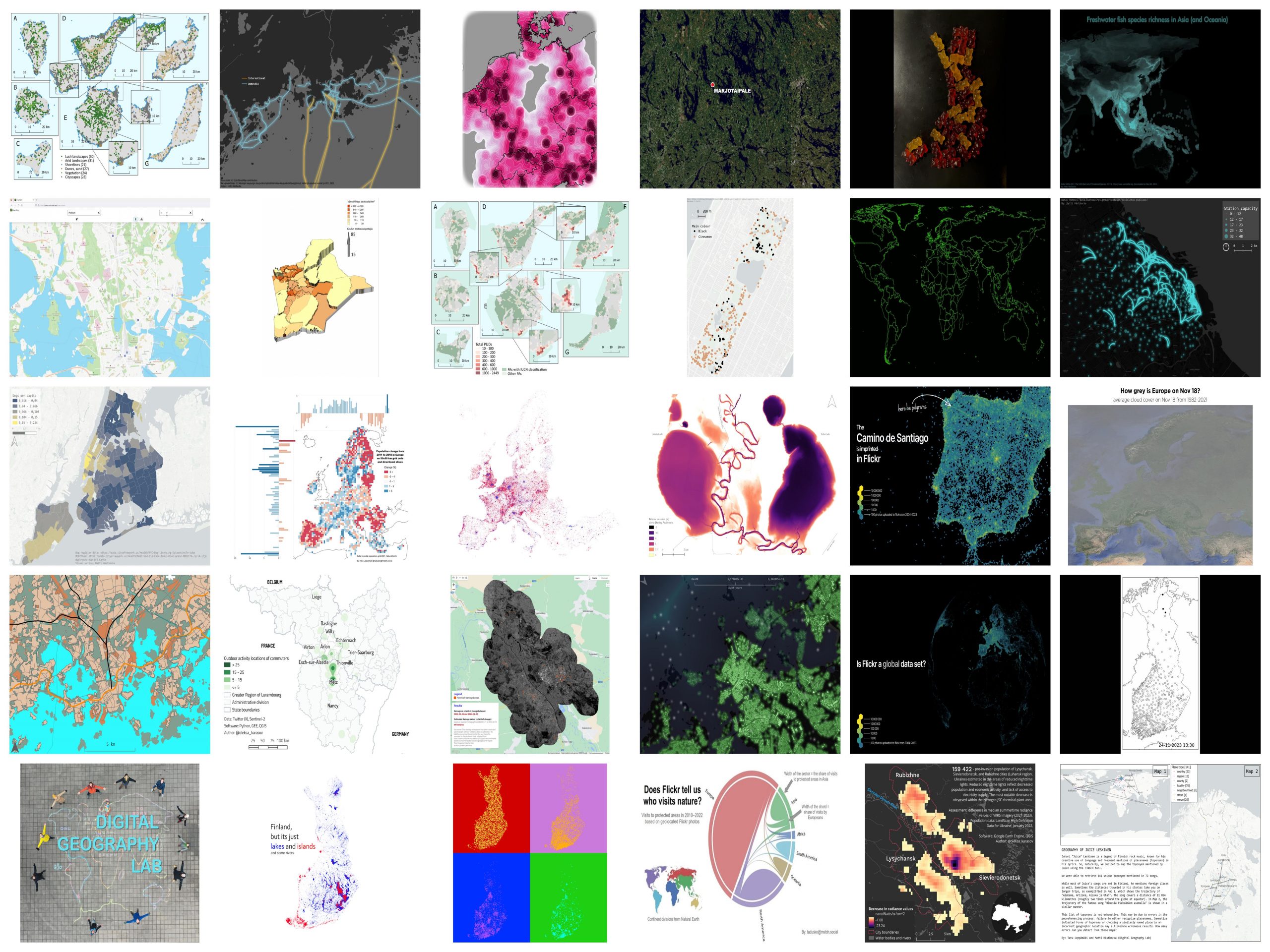The Canary Islands are a biodiversity, geodiversity and tourism hotspot, boasting one of the most visited national parks in Europe (Teide in Tenerife). Tourism is the backbone of the local economy, but the growing masses of visitors put an unsustainable strain on the islands’ beautiful nature.

The islands are also acutely impacted by climate change and other megatrends including aging of population in Europe or digitalisation changing work life. On top of the traditional tourists, the islands are now receiving masses of long-term visitors seeking warm wintering grounds on the islands.
These factors make the Canary Islands an interesting study area for the MOBICON project, where we study changes in nature visitation and their impacts on biodiversity conservation as well as the applicability of mobile big data sources for extracting visitor information.
We (team Mobicon: Aina, Matti, Tatu and Tuuli) visited the islands of Gran Canaria and Tenerife in March 2024 for establishing collaboration with local universities and to collect research data through stakeholder discussions. Some highlights of the trip below.


